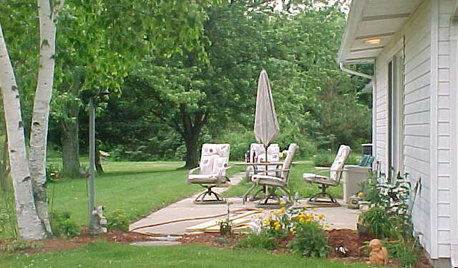Members help
User
14 years ago
Related Stories

Member Photos: Small Touches Make a Big Difference
Inspiring Vignettes From a Creative Houzz Member's Home
Full Story
WORKING WITH PROS5 Steps to Help You Hire the Right Contractor
Don't take chances on this all-important team member. Find the best general contractor for your remodel or new build by heeding this advice
Full Story
INSIDE HOUZZHouzz and the AIA Partner to Help Residential Architects
Better technology and public outreach are 2 goals of the new strategic partnership, announced at the AIA Convention 2014 in June
Full Story
HOME TECHTurn 'Obsolete' Tech Into Fun Home Help
Here's how to put your old Mac, Atari or Newton to work around the house
Full Story

LIFEDecluttering — How to Get the Help You Need
Don't worry if you can't shed stuff and organize alone; help is at your disposal
Full Story
ORGANIZINGDo It for the Kids! A Few Routines Help a Home Run More Smoothly
Not a Naturally Organized person? These tips can help you tackle the onslaught of papers, meals, laundry — and even help you find your keys
Full Story








sdandy
UserOriginal Author
Related Professionals
Saint Louis Park Landscape Architects & Landscape Designers · Waunakee Landscape Architects & Landscape Designers · Clearlake Landscape Contractors · Pikesville Landscape Contractors · Sugar Hill Landscape Contractors · Wayland Landscape Contractors · Peoria Fence Contractors · Carlsbad Fence Contractors · Corona Fence Contractors · Delhi Fence Contractors · Redondo Beach Fence Contractors · Verona Fence Contractors · Woodland Fence Contractors · Broomfield Siding & Exteriors · Waterford Siding & Exteriorsaroideana
mike4284m
UserOriginal Author
sunshine_qld
UserOriginal Author
ltecato
UserOriginal Author
sdandy
UserOriginal Author
ltecato
UserOriginal Author
Constantino Gastaldi
sdandy
sdandy
UserOriginal Author